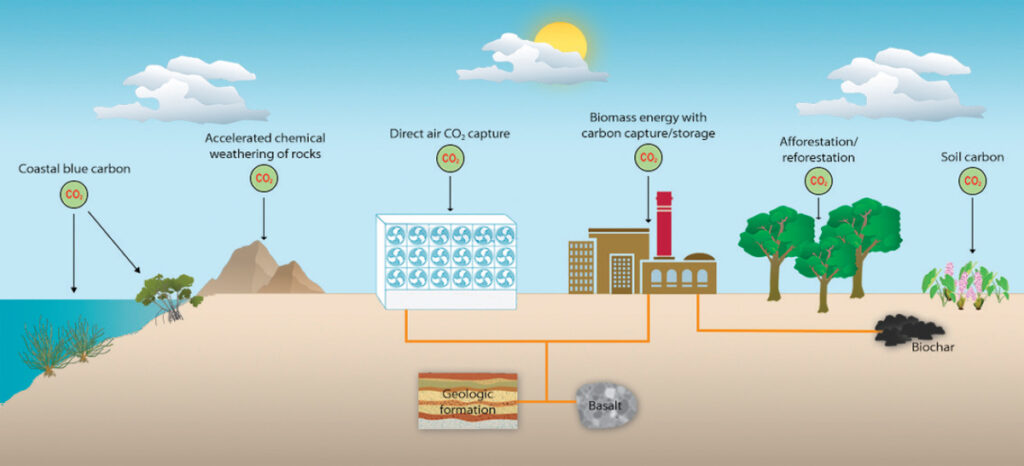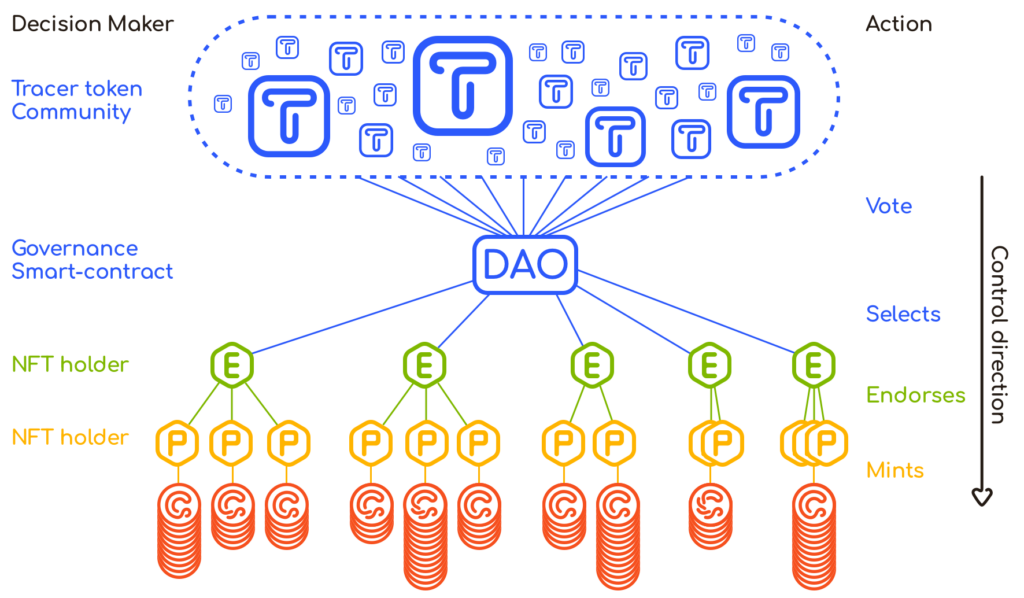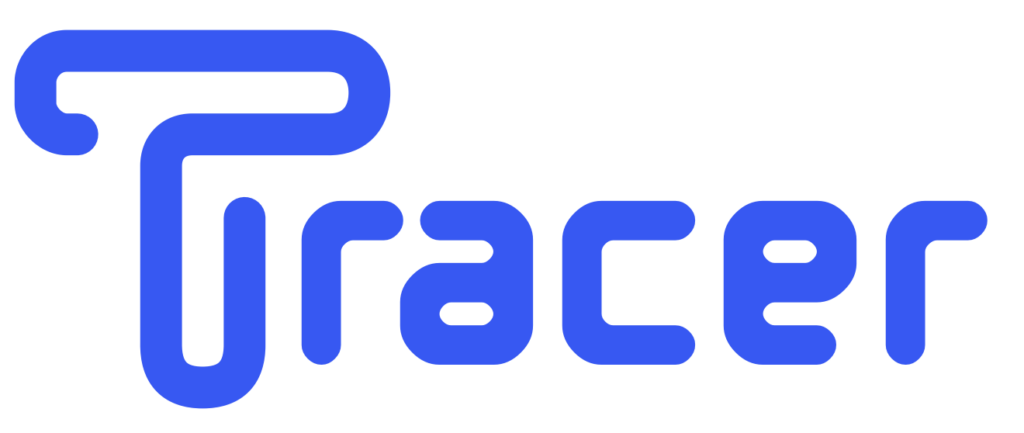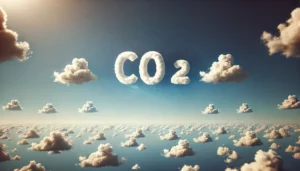The global challenge of climate change has thrust carbon dioxide removal (CDR) into the spotlight as a critical frontier in environmental technology. As an industry insider deeply fascinated by the potential of this sector, I’ve watched it evolve from a fringe concept to a central pillar of climate strategy. This rapid shift isn’t just exciting—it’s necessary.
It’s this compelling intersection of innovation, necessity, and opportunity that led me to my role as Chief Business Officer at Tracer, where we’re working to establish a new standard for carbon removal credit trading. In this article, I’ll explore the complex landscape of CDR, examining both the hurdles we face and the promising pathways forward.
The urgent need for scaling Carbon Dioxide Removal
Even if we were to halt all greenhouse gas emissions today, the CO2 already in our atmosphere would continue to warm our planet for centuries. The Intergovernmental Panel on Climate Change (IPCC) has made it clear. To limit global warming to 1.5°C above pre-industrial levels, we need to drastically reduce emissions. Additionally, we must remove gigatons of CO2 from the atmosphere annually by mid-century.
As I mentioned in our recent webinar Tokenomics of Tracer, “Even at zero carbon emissions, we will still overheat the planet. We will still not reach the targets that we set in Paris.” This challenge represents not only a critical environmental imperative. But also one of the largest opportunities for value creation in the coming decades.
The biggest challenges in scaling CDR technologies
Scaling CDR technologies presents several significant challenges that we must address to achieve our climate goals:
- Technological limitations: many CDR technologies, like Direct Air Capture (DAC), are still in their infancy and require significant energy input.
- High costs: the cost of CDR can range significantly, from $30 to over $1,000 per tonne of CO2 removed. This wide range is due to the technological and logistical complexities involved. This contrasts with the generally lower costs of carbon reduction and avoidance credits. A big issue here is public misconception about carbon credit pricing. The cost per credit shouldn’t be compared without considering quality differences. Cheaper credits aren’t necessarily better when factoring in the effectiveness of the underlying carbon removal method.
- Energy requirements: ensuring CDR technologies use clean energy sources is vital to prevent offsetting carbon removal with new emissions.
- Land use conflicts: nature-based solutions like afforestation require significant land area. This potentially conflicts with food production and urban development.
- Permanence and measurement: ensuring the long-term storage of removed CO2 and accurately measuring the amount of CO2 removed are ongoing challenges that need to be resolved.
- Regulatory uncertainty: the evolving regulatory landscape creates uncertainty for investors and companies implementing CDR solutions, complicating efforts to scale these technologies effectively.
- Public perception: there is a risk that focusing on CDR could reduce the urgency to cut emissions directly, leading to a reliance on removal technologies that are not yet fully proven.

Source: National Academy of Science
Emerging opportunities in the carbon dioxide removal market
These challenges show we are still in an early phase of maturity for the CDR space. The good news is, there’s ample space for opportunities to enter the market and help scale existing and new CDR methods.
- Technological innovation: the need for efficient, cost-effective CDR solutions is driving rapid innovation in technologies like enhanced weathering and improved DAC systems.
- Market growth: the carbon removal market could potentially reach $1.2 trillion annually by 2050, according to McKinsey. Last year alone, we saw a growth of 225 percent in sales of carbon removal credits and in volume. It even fivefold the growth.
- Policy support: governments are increasingly recognizing the importance of CDR. The U.S. Department of Energy’s Carbon Negative Shot initiative, aiming to bring the cost of CDR below $100/ton by 2030, is just one example of growing policy support. In Europe, the EU is developing the Carbon Removal Certification Framework (CRCF), which aims to create a unified certification scheme for carbon dioxide removals.
- Corporate demand: many corporations like Microsoft and Ikea are now committing to becoming carbon negative for all three scopes. Which requires large investments in carbon removal.
- Job creation: scaling CDR will require a diverse workforce, presenting an opportunity for significant job creation.
- Co-benefits: many CDR solutions, particularly nature-based ones, offer benefits beyond carbon removal, such as enhanced biodiversity and improved soil health.
These opportunities show the potential for significant growth and innovation in the CDR sector. Making it an exciting field for investment and development.
Blockchain technology: A game-changer for CDR scaling
At Tracer, we’re thrilled to be at the forefront of scaling the CDR market by leveraging blockchain and smart contract technology. Our innovative dual-token system consists of the Tracer (governance) and Carrot (tokenized carbon removal credit) tokens. This system supplies the necessary liquidity and transparency needed to grow the carbon removal market to its full potential.
As my colleague Philippe explained in our Tokenomics webinar, “The reality is, for a buyer, there is a huge complexity in discovering projects that can actually be trusted. Understanding the project value is also very difficult. So while this market is very open with a lot of participants all over the world, it lacks trust and it’s very illiquid.”
Blockchain technology offers several benefits that address the challenges in scaling CDR:
- Transparency and traceability: blockchain provides an immutable record of carbon credit transactions, enhancing trust and preventing issues like double-counting.
- Efficiency: smart contracts can automate many processes in carbon markets, reducing transaction costs.
- Tokenization: by tokenizing carbon credits, blockchain can increase liquidity in carbon markets, making it easier for companies to purchase carbon removal credits.
Tracer aims to address these challenges with an innovative blockchain-based solution. Our approach delivers both trust and liquidity to the carbon removal market. We leverage a dual-token system and a robust grading framework. We also enable advanced financial instruments.
This creates a unified approach for efficient issuance, trading, and management of high-quality carbon removal credits. Our ecosystem empowers carbon removal suppliers. It incentivizes developers to build innovative financial products. It also partners with resellers to drive adoption.
We’re creating a vibrant ecosystem of products and services built around the Carrot smart contract. Through this, Tracer aims to unlock the trillion-dollar potential of the carbon removal market.

The future of carbon dioxide removal: collaboration and innovation
As we navigate the challenges and opportunities in scaling CDR, it’s clear that no single solution will be enough. We need a portfolio of approaches, from nature-based solutions to engineered technologies. Supported by innovative financing mechanisms and robust policy frameworks.
At Tracer, we’re committed to playing our part by developing blockchain solutions for carbon markets. But we’re just one piece of the puzzle. Scaling CDR to the level needed will require collaboration across sectors. From technology companies to policymakers, from corporations to individual consumers.
The task ahead is enormous, but so is the opportunity. By rising to the challenge of scaling CDR, we have the chance not only to address climate change. But also to drive innovation, create jobs, and build a more sustainable global economy.
As we move forward, it’s crucial that we approach CDR as a complement to, not a replacement for, aggressive emissions reductions. Only by pursuing both strategies can we hope to meet our climate goals and secure a sustainable future for generations to come.
I believe this opportunity is unique because we have no alternative. The challenge of scaling CDR is daunting, but it’s one we must rise to. The future of our planet depends on our ability to innovate, collaborate, and act decisively in this critical area.
Want to learn more about how blockchain is revolutionizing the carbon removal market?
Check our Knowledge Center or join our upcoming webinars. We’ll dive deeper into these topics and explore the role of innovative technologies in scaling CDR solutions.




